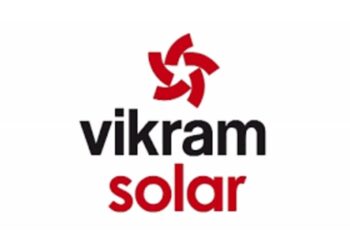The Central Pollution Control Board (CPCB) has released draft guidelines for the storage and handling of waste solar photovoltaic (PV) modules, panels, or cells under the E-Waste (Management) Rules, 2022. These rules, in effect since April 1, 2023, govern the safe management of electronic waste, including solar PV components, and assign responsibilities to producers, manufacturers, and recyclers. Solar panel waste, covered under Chapter V of the rules, is excluded from extended producer responsibility recycling targets but must still be stored until 2034–35. Entities are also required to file annual returns and follow CPCB’s standard operating procedures. The newly issued draft guidelines aim to ensure environmentally sound management of solar waste by offering technical instructions to stakeholders responsible for its collection, transport, and storage.
The guidelines address environmental risks associated with improper disposal, including heavy metal contamination, air pollution from unscientific burning, and adverse health impacts. Solar waste includes end-of-life modules or panels or cells, whole or in-part, discarded as waste; rejects and waste generated from manufacturing, refurbishment and repair processes; and items damaged during transport, handling, storage or installation. These contain materials such as glass, aluminium frames, silicon wafers, plastics, and metals like lead, cadmium, arsenic, and copper. The draft guidelines mandates that solar waste must not be dumped in open areas or sold to unauthorised entities. Producers and manufacturers must establish and publicise take-back collection mechanisms and collection points, and provide relevant information such as website links, collection system details, contact persons, and authorised recycling facilities.
Transportation must be conducted in covered trucks, preferably authorised for hazardous waste, and adhere to Hazardous and Other Wastes (Management and Transboundary Moment) Rules, 2016. Storage guidelines require protection from breakage and environmental damage. Contact with sharp objects should be avoided, and storage should be carried out in such a way such that re-use after refurbishing or recycling is unaffected. Waste must be stored in covered, ventilated, and dry areas with impervious flooring to prevent groundwater contamination from leaching metals. Panels should be stacked in no more than 20 layers or up to a height of 2 metres. Fire safety systems, emergency plans, and clearly labelled containers are mandatory. Regular inspection, inventorisation, and a minimum storage space of 19.5 cubic metres per tonne for category (CEEW 14) waste are required to maintain compliance and safety standards.













